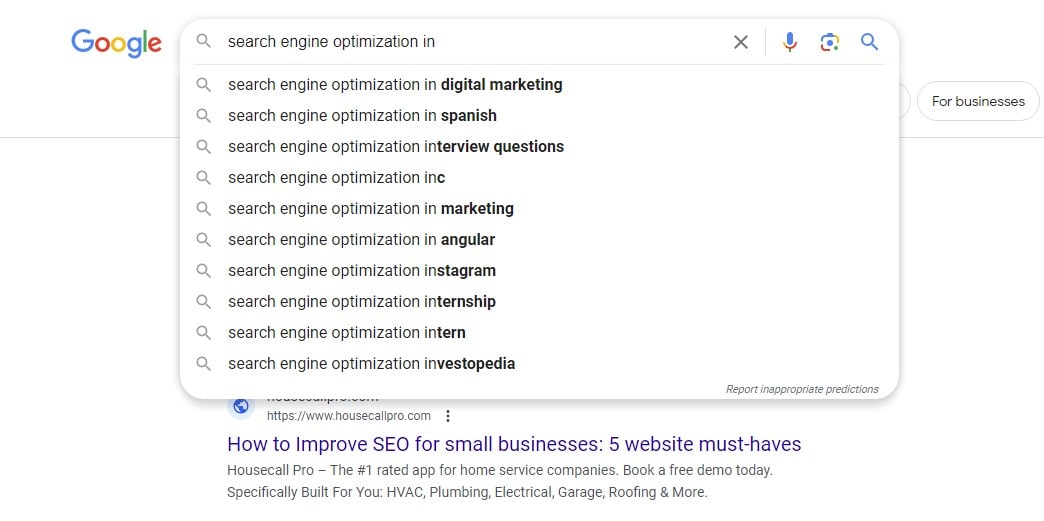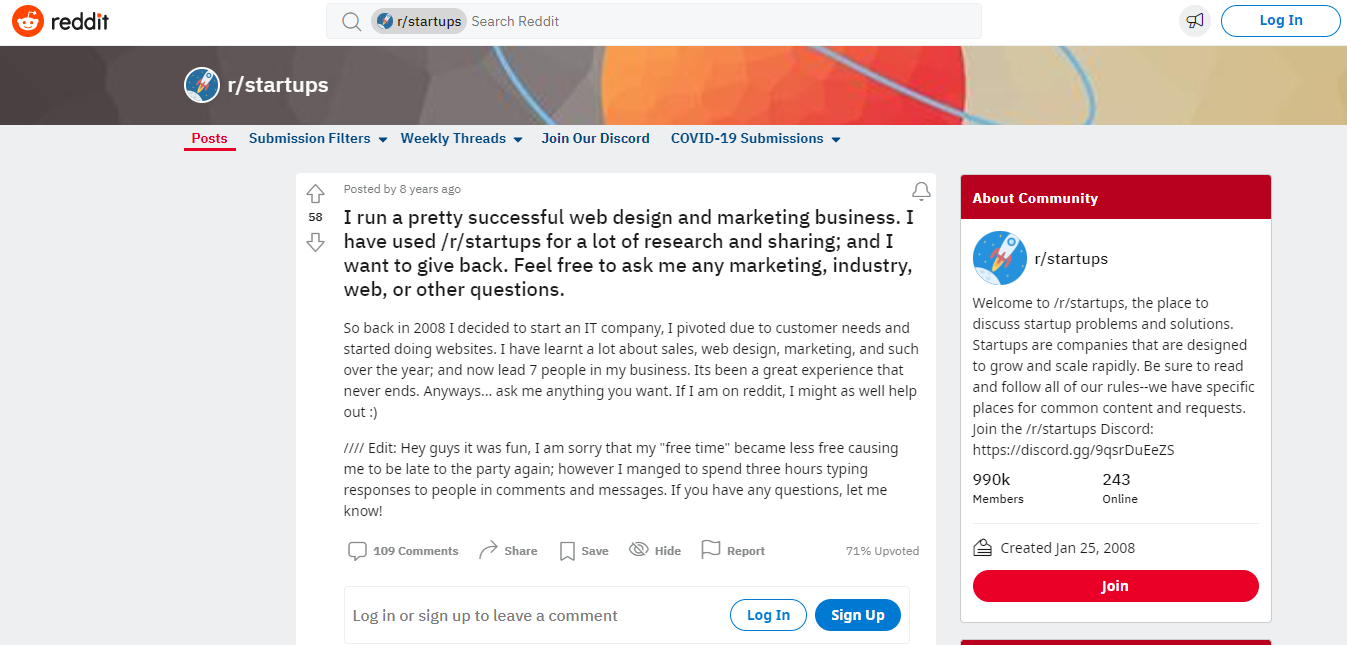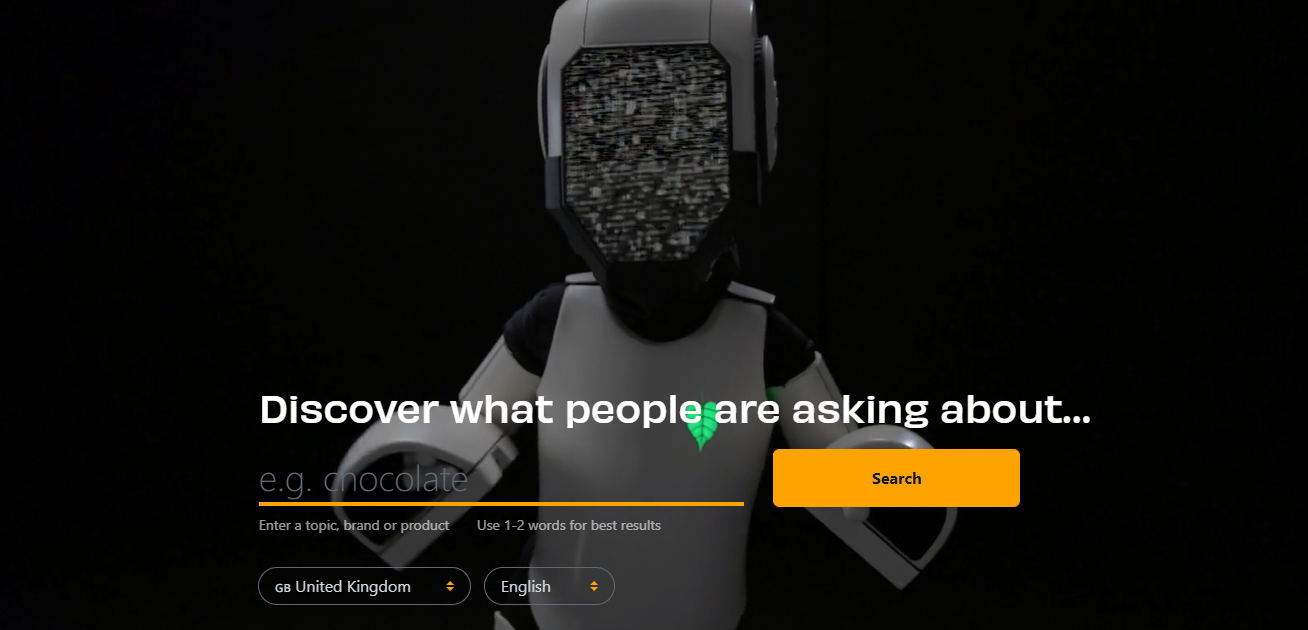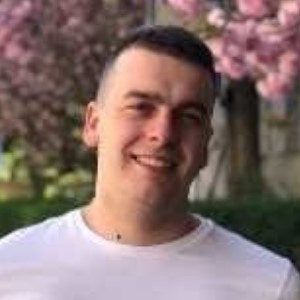Welcome to your one-stop reference on “How to Find Long-Tail Keywords”. We will reveal the secrets of finding these hidden SEO treasures in this extensive essay. Driving targeted traffic to your website, improving your visibility, and increasing conversions depend critically on long-tail keywords—those particular, less common terms. From knowing your audience’s intent to using the correct tools, we will explore the techniques and strategies that will enable you to uncover these priceless keywords. Our objective is To provide you the tools and knowledge to climb the search engine results and properly maximize your material. All set to transform your search engine optimization? Try Plerdy for me. Your hidden weapon for your long-tail keyword search could be this strong tool. Let’s get right to looking for those golden keywords!
What are long-tail keywords?
Unassuming heroes of the SEO scene are long-tail keywords. Usually including three or more words, these are quite specialized search terms. Long-tail keywords, unlike wide, generic keywords, are meant to exactly reflect the purpose of internet searchers.
Think of the following:
- “Vintage leather boots for women”;
- “Organic baby food delivery service”;
- “Reasonable online yoga classes for beginners”
Every one of these lines employs a long-tail keyword. They go beyond “boots,” “baby food,” or “yoga classes.” They cover organic baby food delivery, vintage leather footwear for women, and reasonably priced online beginners’ yoga courses.
The following explains their relevance:
- Targeted Traffic: Long-tail keywords draw people seeking precisely what you have to offer. Greater conversion rates follow from this.
- Less Competition: These less competitive keywords simplify ranking higher in search results.
- Better for Voice Search: Long-tail keywords are growingly crucial as voice search gets more common. Speaking calls for more exact language than typing does.
Long-tail keywords are your road map in the field of SEO to establish closer connection with your audience. They deliver the materials your clients want and let you meet them exactly where they are. Use long-tail keywords to leverage their potential and see how your web profile grows.
Why is it important to use long-tail keywords?

Even though short keywords seem attractive, they won’t generate many leads. People who type two or three general words don’t know what they are looking for and only browse the web.
On the other hand, long-tail keywords precisely state the intent. They may contain the full name and model of the product, location, types of services, etc. If your offer meets the expectations of the user typing the long phrase, the chances they will become your customer are very high.
Summing up, you should use long-tail keywords for the following reasons:
- Precise targeting. You can reach a specific audience interested in your product.
- Variety of topics. Since long-tail searches dominate Google and other engines, you have more topics for blog posts to consider. It also benefits the quality of your publications as you can offer something fresh every time and avoid repeating yourself.
- Less competition. Due to the many long-tail keywords available, the competition is weaker. This benefit is particularly significant to companies that only start promoting their brand.
How to find long-tail keywords?
The algorithm for finding long-tail keywords will vary depending on your tool. This article refers to Ahrefs as one of the most popular solutions. Yet, the steps and tips described here are universal, so you can follow them regardless of the software you leverage.
Know your audience and unique selling proposition

Before starting keyword research, you need to complete some preparatory work. Be sure to formulate who you want to reach, what makes your product unique, and what these people will likely search for. Write down these ideas and keep them at hand at the initial stages of the research. These findings will help you develop topics for your blog posts that may attract users’ attention.
If you have a large marketing team, SEO specialists should closely cooperate with marketers to develop a single content strategy.
Narrow down the topic

Long-tail keywords demand precision. Hence, you need to understand what you’re going to write about. For example, if you offer website development services and your target audience is startups, the topic “web development for startups” may be just for you.
Pick the tool you like

We’ll talk about the best tools for keyword analysis in more detail below, but here are some tips:
- Don’t obsess with Google Autosuggest. Some SEO specialists advise sourcing long-tail keywords by entering the main word followed by different letters in Google. This way, you can see popular long-tail queries, but the competition is too high, and they are not always relevant to your brand. Besides, searching through Autosuggest is tedious.
- Consider Ahrefs’ Keywords Explorer instead. Use Keywords Explorer or any quality alternatives that don’t require much manual work and generate suitable long-tail keyword options. You must only type a word representing your niche and segment the offered keywords with various filters.
Look at your competitors

Use the Site Explorer feature to enter the URL of your competitors and see what they rank for. After analyzing 5-10 competitor websites, you should see what keywords produce positive results and find some blank spaces.
See what people ask about on Reddit, Quora, and forums

Questions are a common category of long-tail keywords. Hence, you can get ideas on forums and websites that people visit to find answers. Once you come across relevant questions, use them for keyword analysis, and consider including them in your articles.
Best 5 Tools to search long-tail Keywords
Here are the services you can use for research. These apps are particularly convenient if you need long-tail keywords.
Ahrefs

Ahrefs is a web tool for professional SEO analysis. Its features are suitable both for small companies that only enter the market and large enterprises. The subscription plans vary from 99 to 999 USD/month.
You have a dashboard where you can track the achievements of your website and existing keywords. There is also a search bar for keyword and competitor analysis. Here, you enter a word that is the most relevant to your topic to see all the related options. Since Ahrefs has advanced filtering and segmentation, you can select the length, difficulty, and other characteristics.
AnswerThePublic

The CTA posted on the homepage describes the purpose of AnswerThePublic. Here you can learn what people are asking about online. This tool may be a good solution for companies that want to enrich their content with question-based keywords.
AnswerThePublic lets you type in any general word to see common questions related to it. For example, if you enter “potato,” you will be surprised to learn that some users want to know why the potato is used in osmosis experiments or when it is ready to harvest.
KWFinder

Would you like to try something for beginners? KWFinder has an intuitive interface and a 10-day free trial.
You can generate long-tail options by entering a keyword or domain. Be sure to specify the location and language to guide the search. The offered options will have a difficulty score to show whether it’s worth competing for them.
WordStream Free Keyword Tool

WordStream Free Keyword Tool displays all suitable options with monthly volume, top-of-page bid (low range/high range), and competition. You will be able to download the report after quick registration. Use this tool to break down keywords by industry. You can enter your options and then pick the industry and state.
The lack of filtering features is probably one of the primary drawbacks of this solution.
HubSpot

HubSpot, a renowned inbound marketing, sales, and service platform, takes the spotlight when crafting a long-tail keyword strategy that drives results. Its cutting-edge CRM, paired with a suite of marketing tools, provides users with an unparalleled edge in the rat race. When focusing on niche markets like organic dog food or artisanal coffee blends, long-tail keywords such as “organic grain-free dog food” or “single-origin Colombian coffee beans” are golden nuggets. HubSpot allows you to:
- Research and identify high-value long-tail keywords.
- Create magnetic content with SEO recommendations.
- Analyze traffic and monitor how keywords are performing.
You can use HubSpot to optimize your website, blog articles, and other material to correspond with the long-tail keywords that people in your target market use to find you online.
Semrush

The next powerhouse, Semrush, makes headway as an all-in-one marketing toolkit, streamlining the process of uncovering long-tail keywords. Semrush has an intuitive Keyword Magic Tool that’s literally like striking gold. Its extensive keyword database is an arsenal for marketers seeking to carve out a niche – be it handmade candles or 3D-printed jewelry.
For instance, if you’re in the handmade candles niche, you can fish out long-tail keywords like “hand-poured soy candles with essential oils”. This enables your brand to gain traction among consumers who have a specific penchant for what you offer. Semrush’s Position Tracking tool lets you keep tabs on your rankings and make necessary adjustments to outmaneuver the competition.
GrowthBar

Now let’s talk GrowthBar – a full Chrome extension that’s a wellspring for SEO insights and long-tail keywords. GrowthBar is your compass in the labyrinth of keyword planning. It’s clever at helping you find long-tail keywords that are less competitive but have a substantial search volume, such as “gluten-free protein bars for athletes” if you are in the health food niche.
What sets GrowthBar apart is its seamless integration with Google Search. It empowers you to:
- Obtain critical data straight from SERP.
- Deep dive into backlinks and keyword rankings.
- Unearth Facebook ads for inspiration.
Imagine you’re in the eco-friendly cleaning products niche. GrowthBar will enable you to unearth long-tail keywords like “non-toxic cleaning products for baby utensils”. Your website will rise to the top of the search engine results page heap if you use the clarity and insights you acquire to develop content that resonates with your audience.
Keyword Tool Dominator

Use Keyword Tool Dominator’s ability to grab long-tail keywords with force to explode your SEO efforts. Its nimble-fingered skills allow you to sort through many keywords and focus on the long-tail variations your audience is hooked on. Consider the specialty of environmentally friendly office products. Keyword Tool Dominator lets you grab long-tail keywords like “recycled paper notepads for office.”
What is the hype around Dominator of Keyword Tools? Let us highlight its remarkable characteristics:
- Real-time data: Is produced by it from the pulse of search engines.
- Long-Term Keyword Ranking: Based on popularity, this instrument ranks long-term keywords first.
- Agile User Experience: The simple interface guarantees flawless completion of the work.
Not to mention, Keyword Tool Dominator is a treasure mine for e-commerce enthusiasts since it teems with specialty keyword tools for Amazon, eBay, and Etsy. Keyword Tool Dominator therefore enables you access long-tail keywords like “organic lavender goat milk soap,” if you are selling handcrafted soap on Etsy.
Wordtracker
![]()
Change gears and welcome Wordtracker, a forerunner in finding long-tail keywords your rivals would ignore. Wordtracker excels in its ability to sift through vast amounts of data and capture long-tail keywords that balance search volume and competition. Wordtracker might enable you to find a treasure like “leather laptop sleeves with initials” for people carving out a niche in tailored tech accessories.
Now is the time to get right to the nitty-gritty and roll up your sleeves:
- In-Depth Insights: Wordtracker goes above and beyond to find vital facts such search volume, competitiveness, and related terms.
- Competitor Analysis: Analyze your competition closely; keep your buddies close as well. Wordtracker lets you see the keyword plans of your rivals.
- Tailored Keyword Niches: Drill down into customized keyword niches to hone your strategy.
Using Wordtracker is like having at hand a well-oiled machine. Wordtracker is your co-pilot guiding you towards success whether your business is creating an online fitness empire with “home workouts for postpartum moms” or developing a following in the travel blogging space with long-tail keywords like “hidden mountain getaways in Vermont.”
Google Autocomplete

Not a separate tool, autocomplete is a function meant to help Google users search more easily. It provides ideas while you search a question.
Google Autocomplete can be useful for first research even if we have indicated it requires too much manual work. Besides, if it counts to you, it is absolutely free.
In essence
As we wind off our discussion on “How to Find Long-Tail Keywords,” let’s explore why emphasizing long-tail keywords is really vital. Choosing the correct keyword mix – think “sushi recipes” or “blueberry pancakes” – is like mastering the ideal recipe when playing in the corporate advertising hub. You’re chopping through the fat, calculating ingredients, and adding seasonings to really stand out.
Still, the advertising market is cluttered as companies fight for a piece of the pie. Long-tail keywords are then quite useful here. They gratify the taste buds and not just meet hunger; they are like the pancake toppings that accentuate the taste. As you create an SEO strategy, think of long-tail keywords as your pancake toppings.
Long-tail keywords have many advantages:
- They provide specialist markets like “gluten-free pancakes” or “vegan sushi rolls.”
- They are quite likely to convert: viewers searching for “the best vegan sushi rolls recipe” are more likely to be choosing for those simply browsing for “sushi”.
- They are less competitive, hence your advertising money works more.
Wait, though; there is a cherry on top. Tracking and optimizing your long-tail keywords is much easier if you use plerdy tools. This is like having a kitchen assistant watching the pancake to prevent burning and recommending what ingredients to use. Heat maps, SEO checkers, and user session recordings combined in Plerdy’s package of products provides an analytics pancake stack.
Not only are long-tail keywords an SEO tool, but they also are absolutely essential component of your marketing formula. Combine them with outstanding services and content using several Plerdy tools to create a wonderful SEO feast.
Get ready now! Visit Plerdy, register, and begin using long-tailed keywords to spice your SEO plan. Let us light the kitchen fires.
